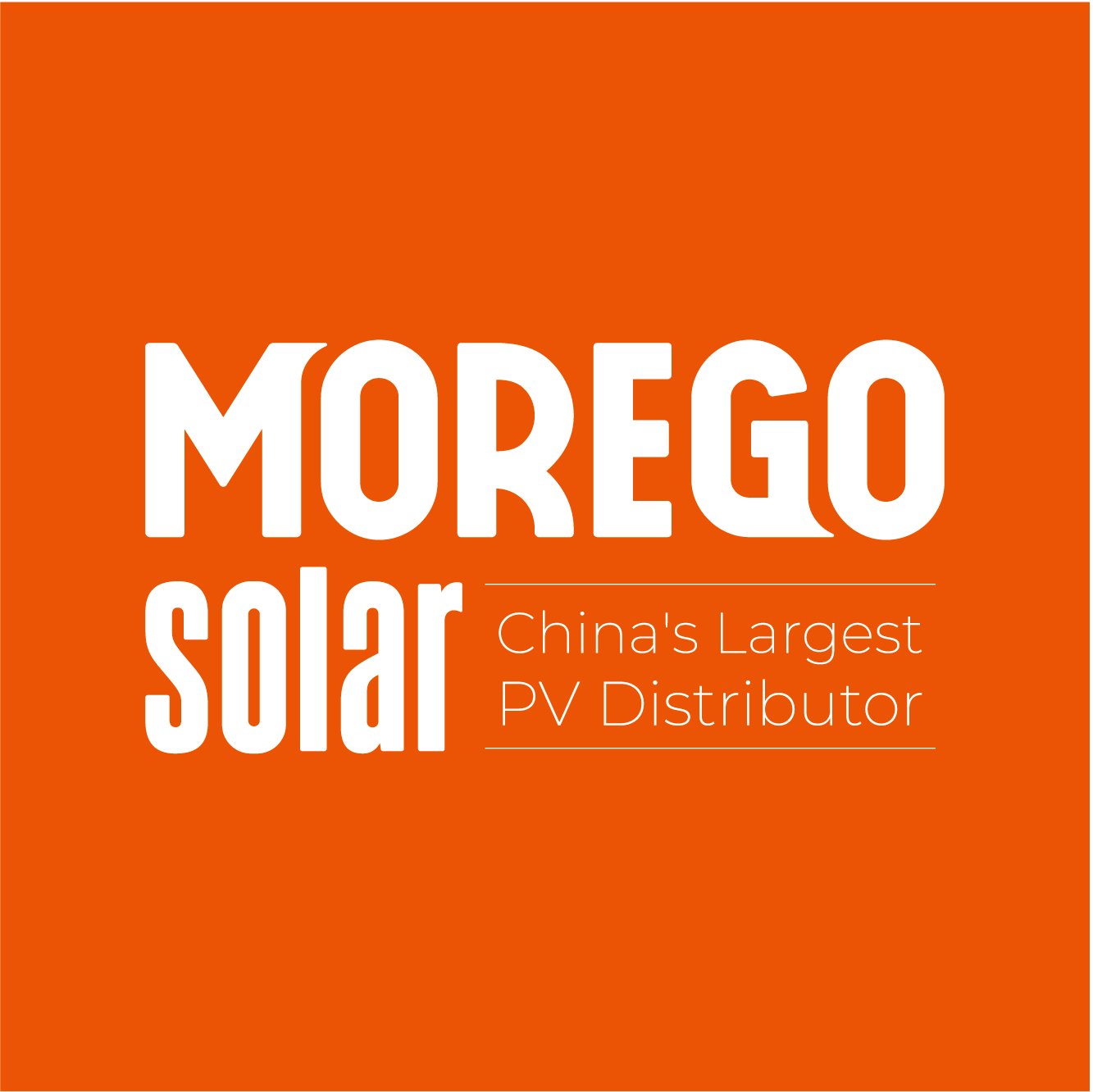As the prices in the solar photovoltaic industry chain upstream continue to plummet, solar panel manufacturers who originally intended to raise prices are gradually backing off.
In a previous article by Morego Solar, we analyzed that the current upstream silicon material and silicon wafer sectors are constrained by excess capacity, resulting in continuous price compression and even some companies experiencing losses. Now, this cold wave has reached the midstream solar cell factories, and solar panel manufacturers following closely behind fear they might struggle to survive. Not only has there been no price increase, but there even seems to be a trend of price cuts for shipments.
According to EnergyTrend data, solar panel prices remained relatively stable this week. Mainstream transaction prices for different types of solar panels were approximately:
182 monofacial monocrystalline PERC: RMB 0.93/W
210 monofacial monocrystalline PERC: RMB 0.95/W
182 bifacial monocrystalline PERC: RMB 0.94/W
210 bifacial monocrystalline PERC: RMB 0.97/W

![]()
(Source: EnergyTrend)
As of the end of March, the price of solar panels worldwide has fallen to about 11 cents/W, only half of what it was in the same period last year. According to NEWS NETWORK, Currently, the price of seven to 15 kilowatt systems in the market has fallen to Rs200,000.
Obviously, the demand side is exerting pressure to lower prices in hopes of obtaining solar panels at lower costs.
Can this wish come true? Not necessarily.
The excess capacity of silicon material and silicon wafer production is not a one-time event, and it has taken a long time for price pressures to transmit downstream to solar panel manufacturers. During this period, manufacturers and distributors have had ample time to conduct market research and implement price control measures.
As it is difficult for upstream prices to rebound in the short term, the impact will continue for some time, and solar panel prices will indeed temporarily reduce by 1.5-3 cents. For buyers, stocking up at this time is also a good choice.
However, leading enterprises have already reached a consensus: reducing capacity to ensure reasonable profit margins. In 2024, the phenomenon of layoffs in solar panel companies is particularly common, with varying degrees of production reduction among different companies. Midstream manufacturers have already implemented countermeasures.
While news of layoffs and production cuts at Longi and Maxeon are making headlines. Maxeon is cutting Maxeon 6 solar panel production capacity, with the company announcing a global workforce reduction of 22% last November.
However, this is only a temporary phenomenon. On April 3rd, Longi announced plans to purchase 425,000 metric tons of granular silicon from Xinte. According to the Silicon Branch Association's latest weekly silicon market price announcement: the average transaction price for N-type granular silicon was 55,000 yuan/ton. Based on this calculation, Xinte's order with Longi is worth a whopping 23.375 billion yuan!
This indicates that although the public opinion is raging, the industry is not in panic and continues to move forward under pressure.
The photovoltaic industry is an emerging sector, currently undergoing a significant period of capacity adjustment, which actually began two years ago. Historically, such periods typically involve fluctuating prices until upstream and downstream capacities and supply and demand reach a balance.
The chess game has only reached the mid-game. It is not very realistic to expect solar panel prices to continue to decline or even sell at a loss. It is crucial to buy when you need to buy and sell when you need to sell, seizing the opportunity is the most important thing.
Disclaimer: The information, including but not limited to text, images, and audiovisual content, provided on this website is sourced from the internet and is intended for educational and informational purposes only. It does not constitute any investment advice. If there is any infringement, please contact us promptly, and we will remove it immediately.

